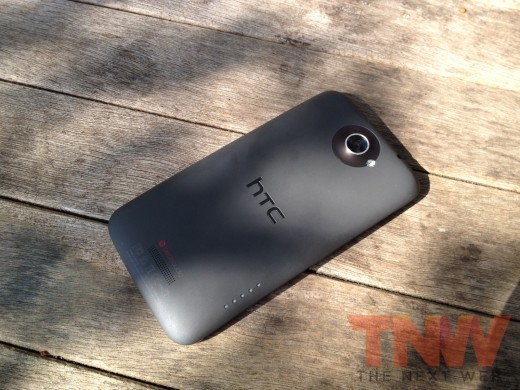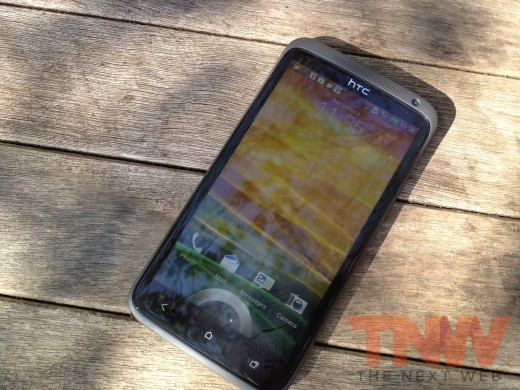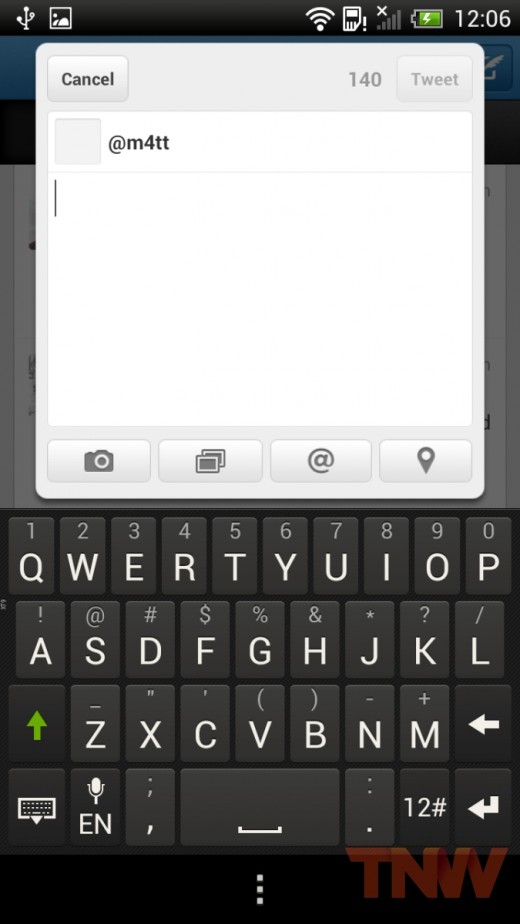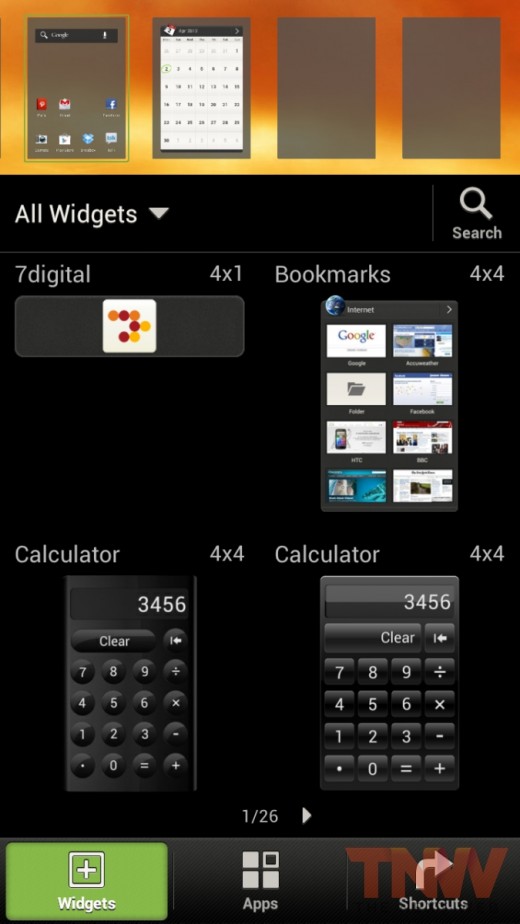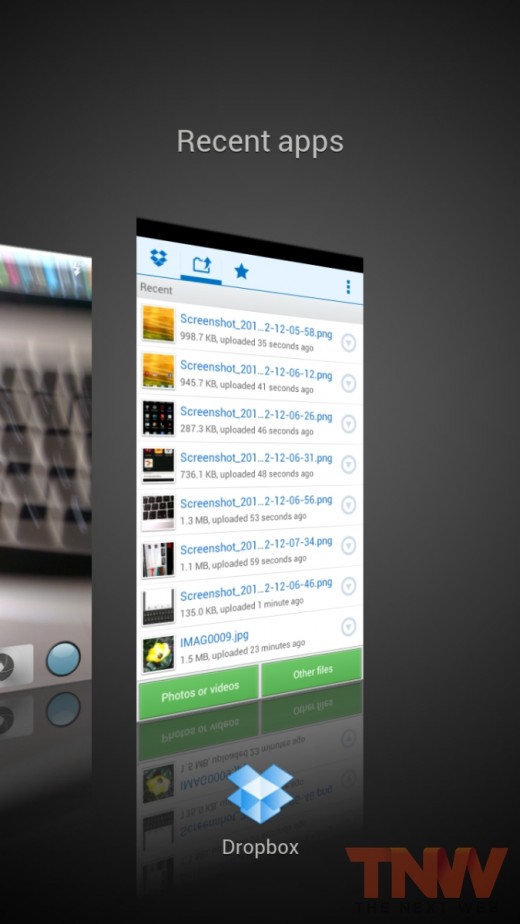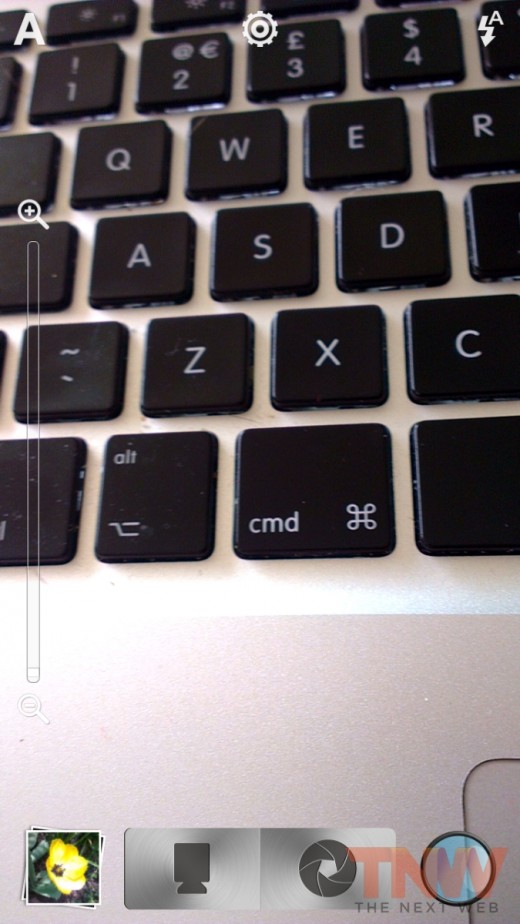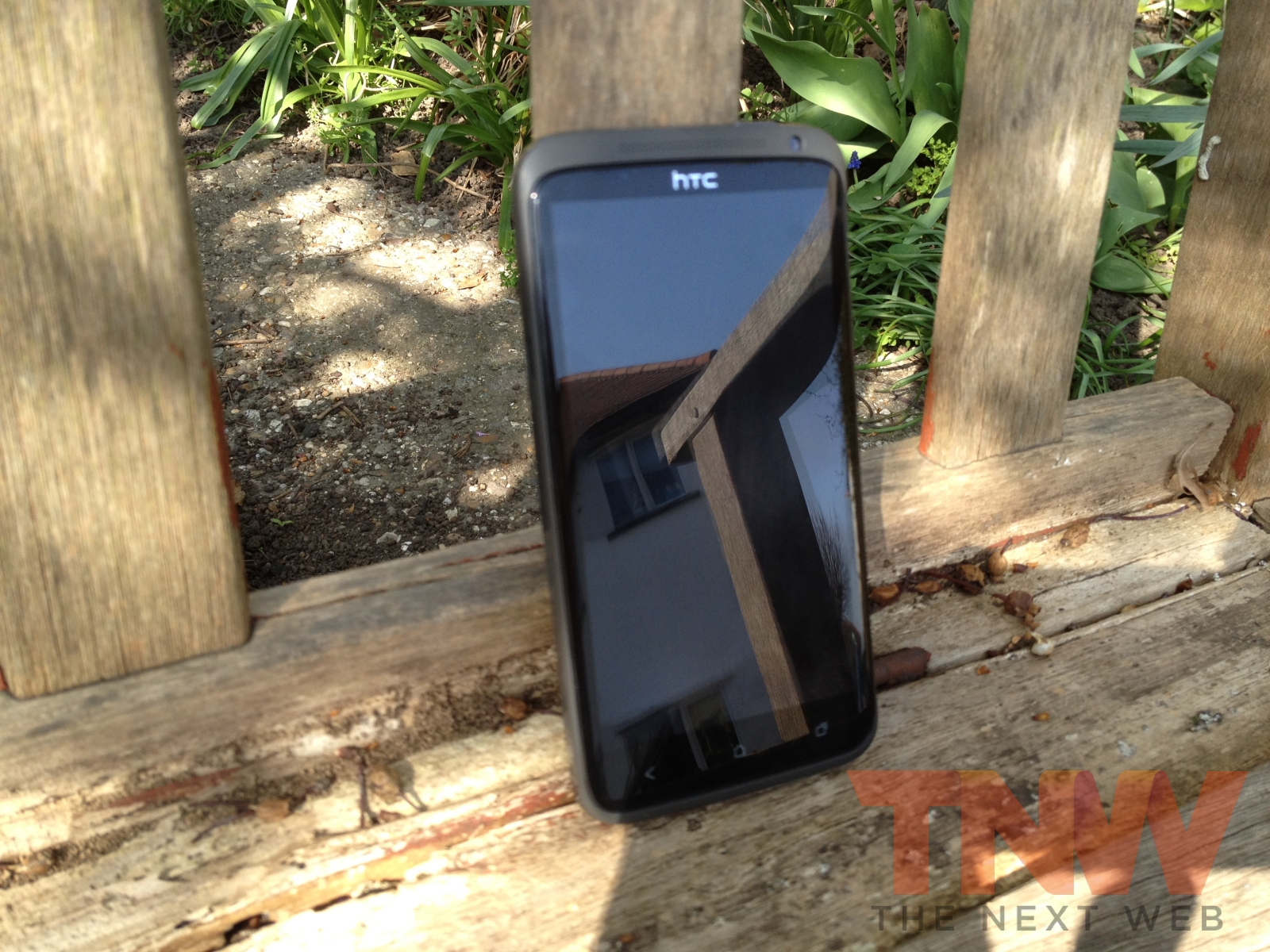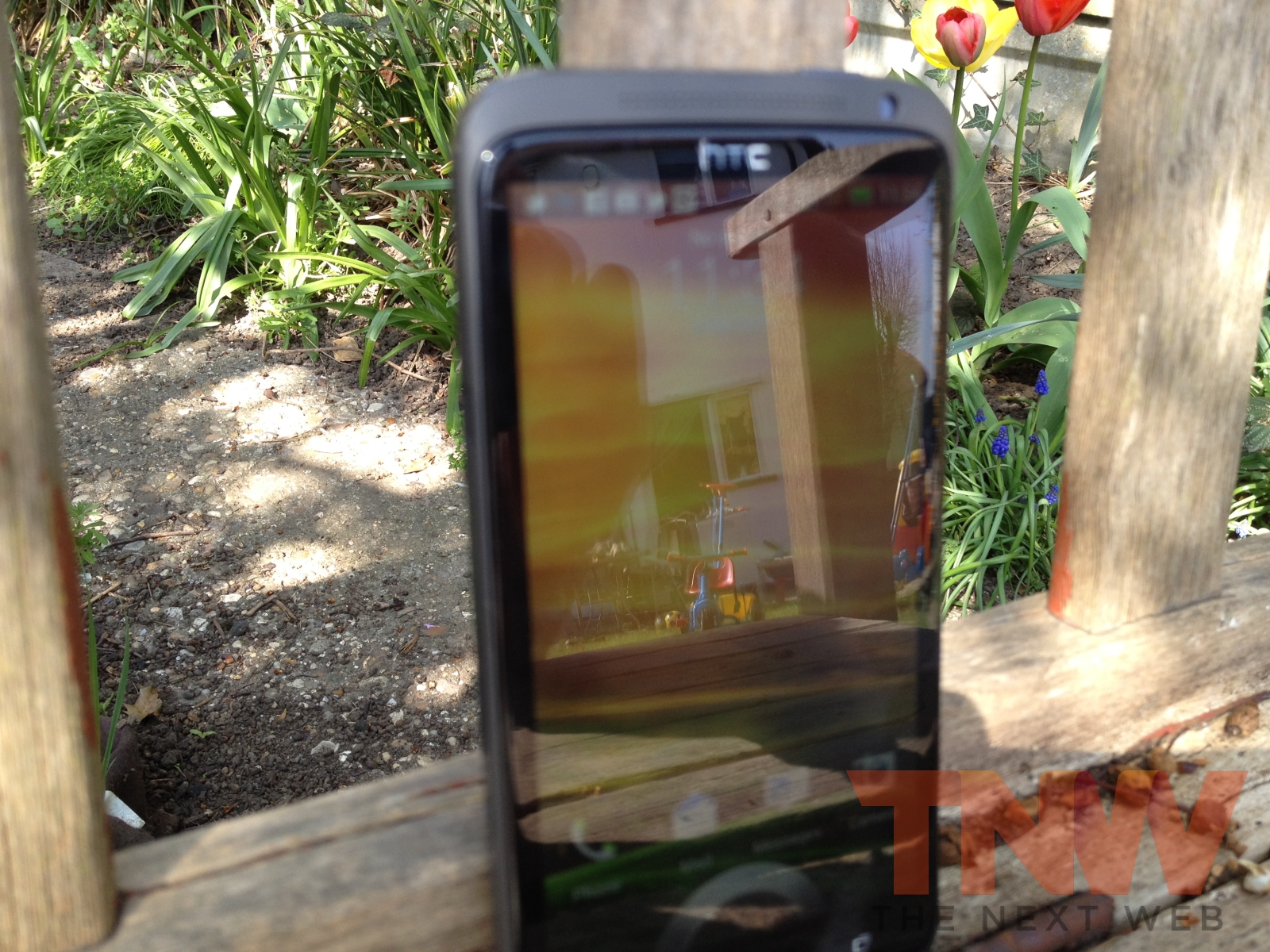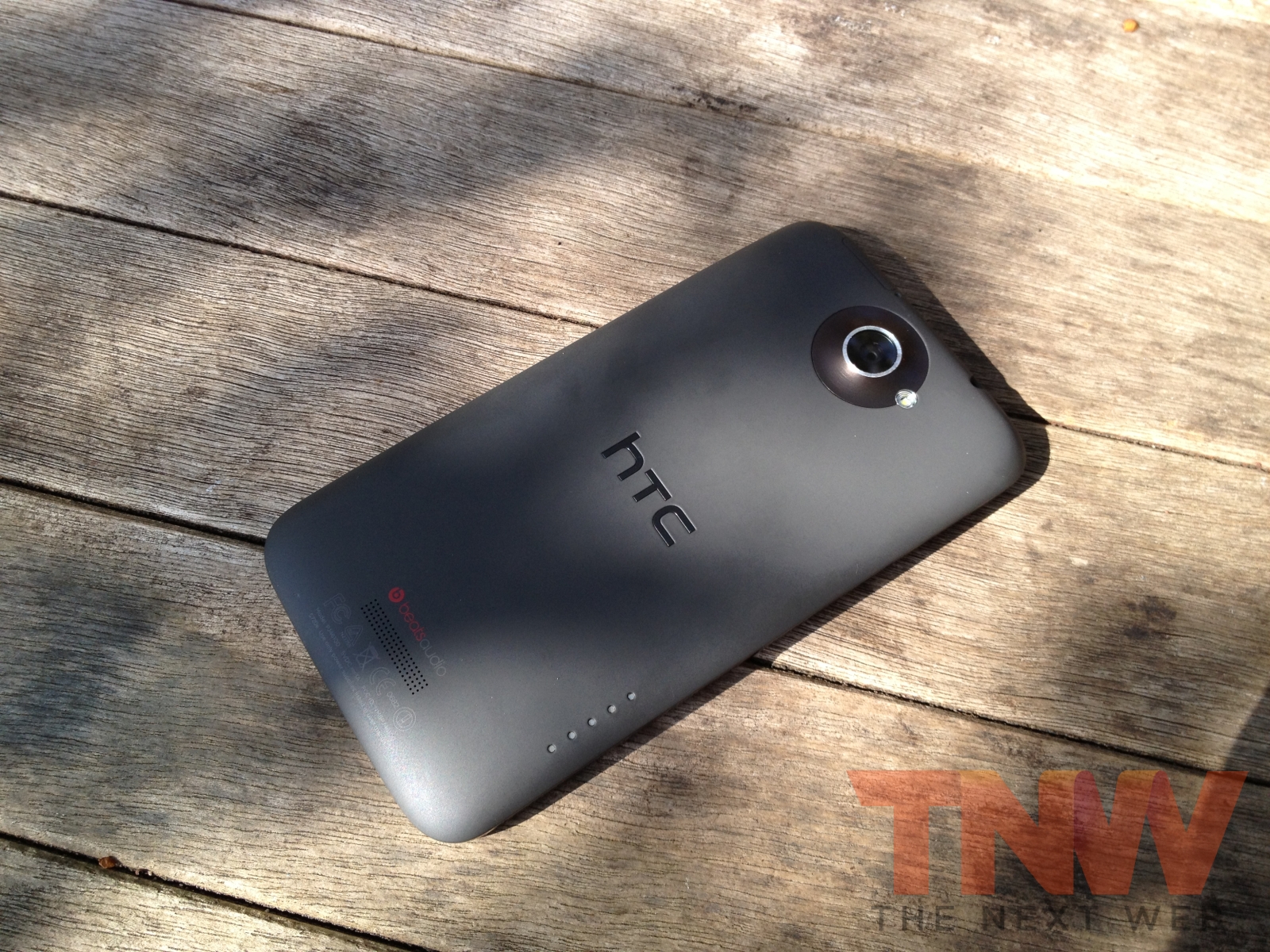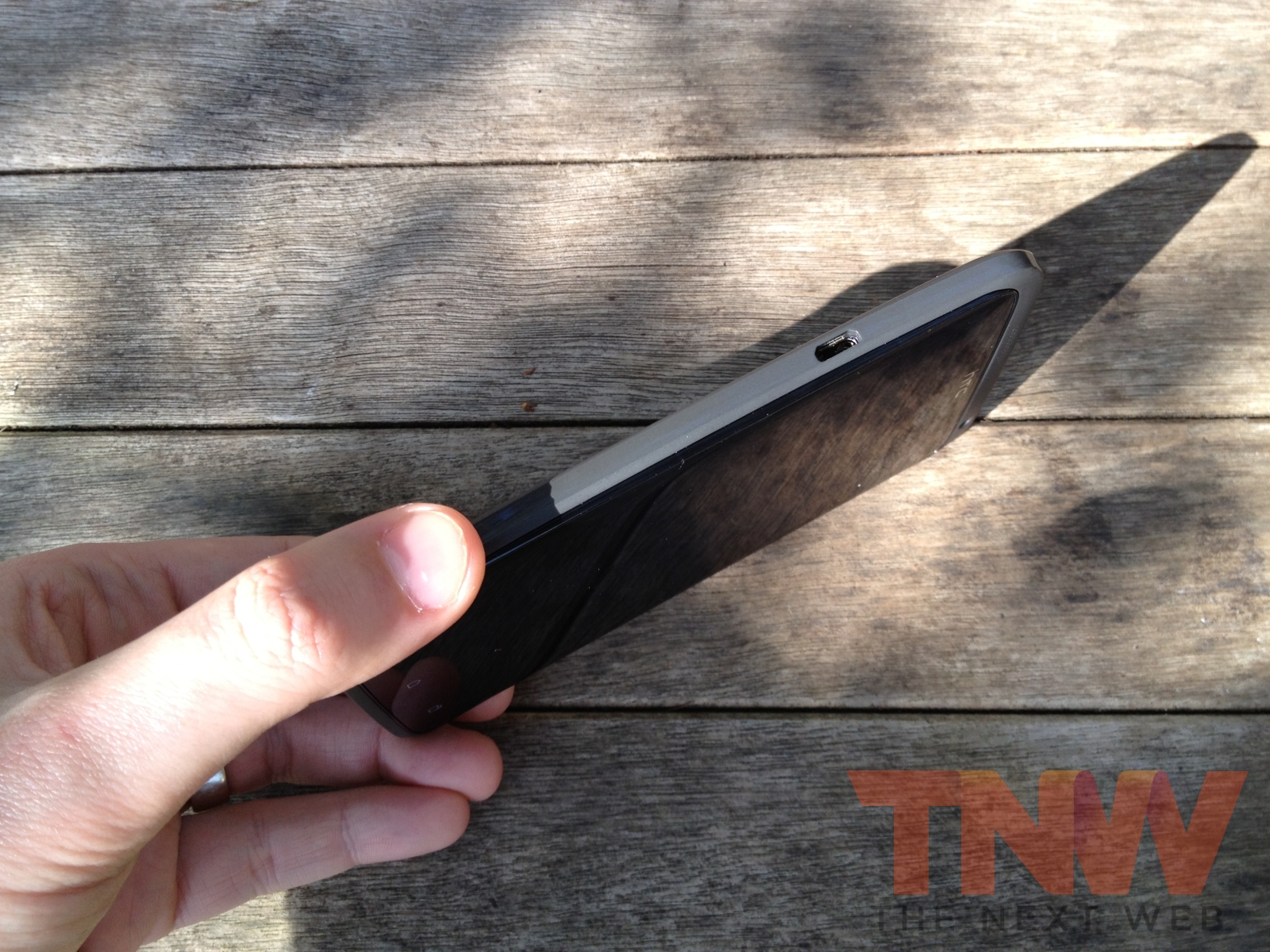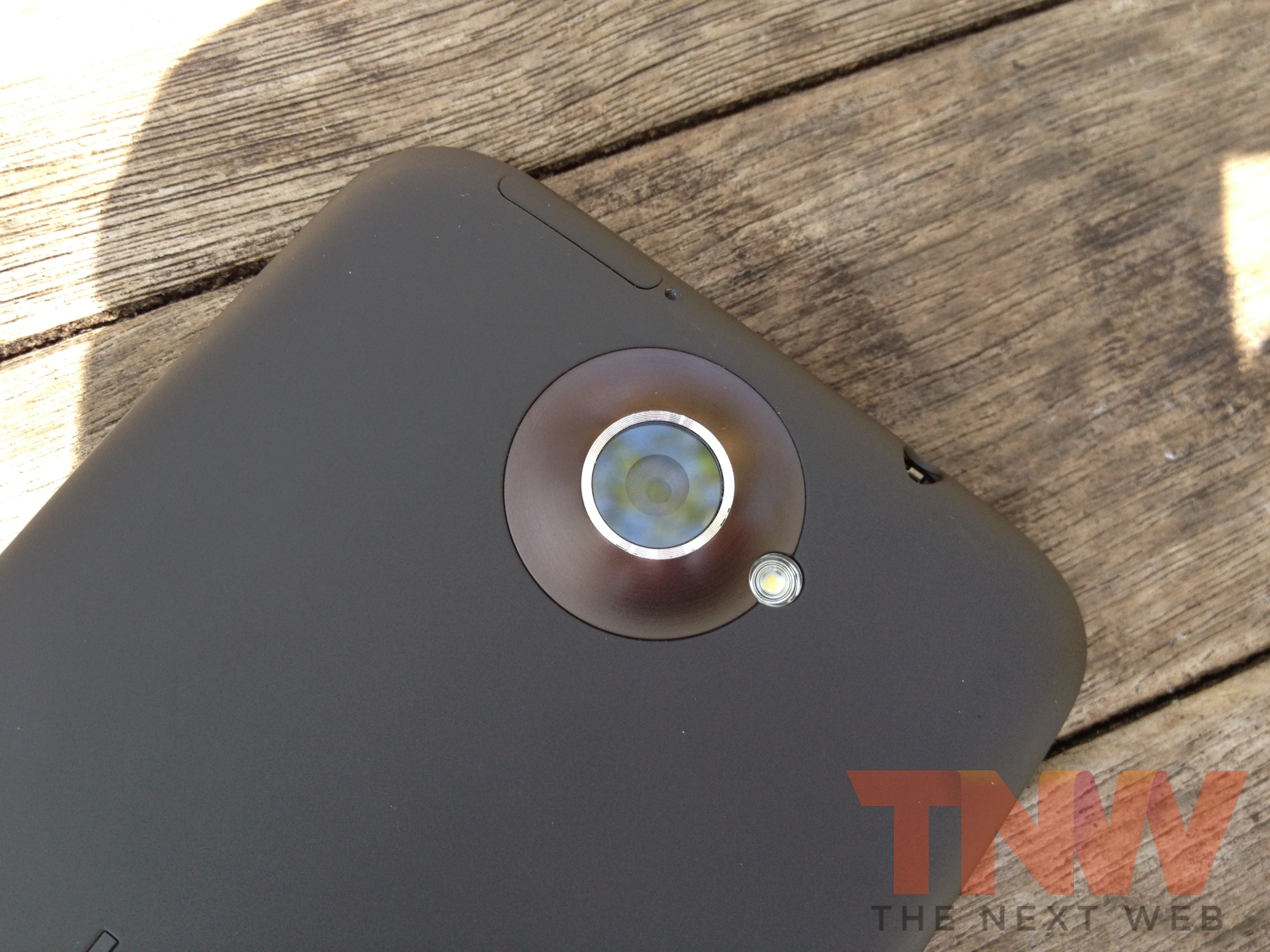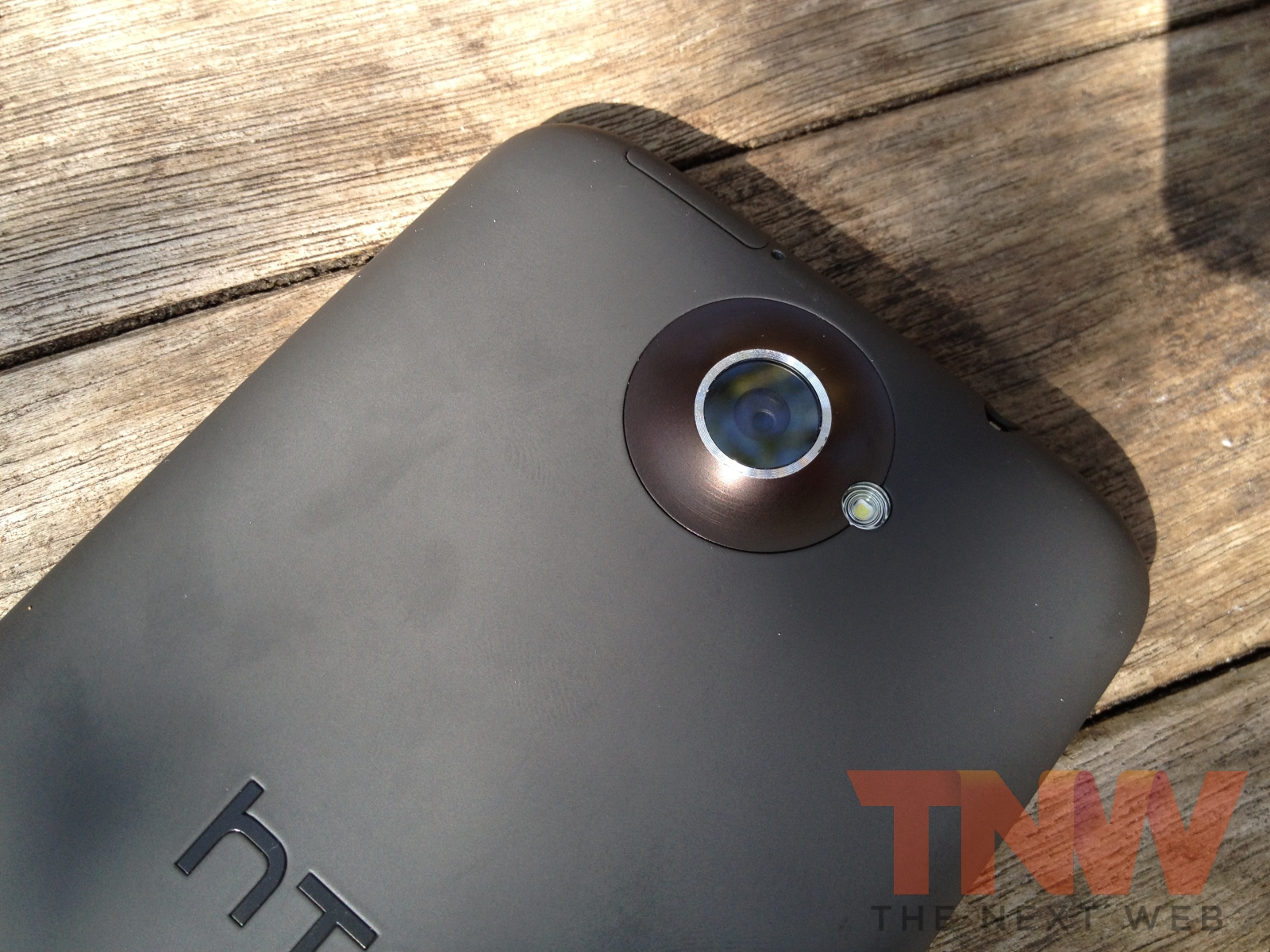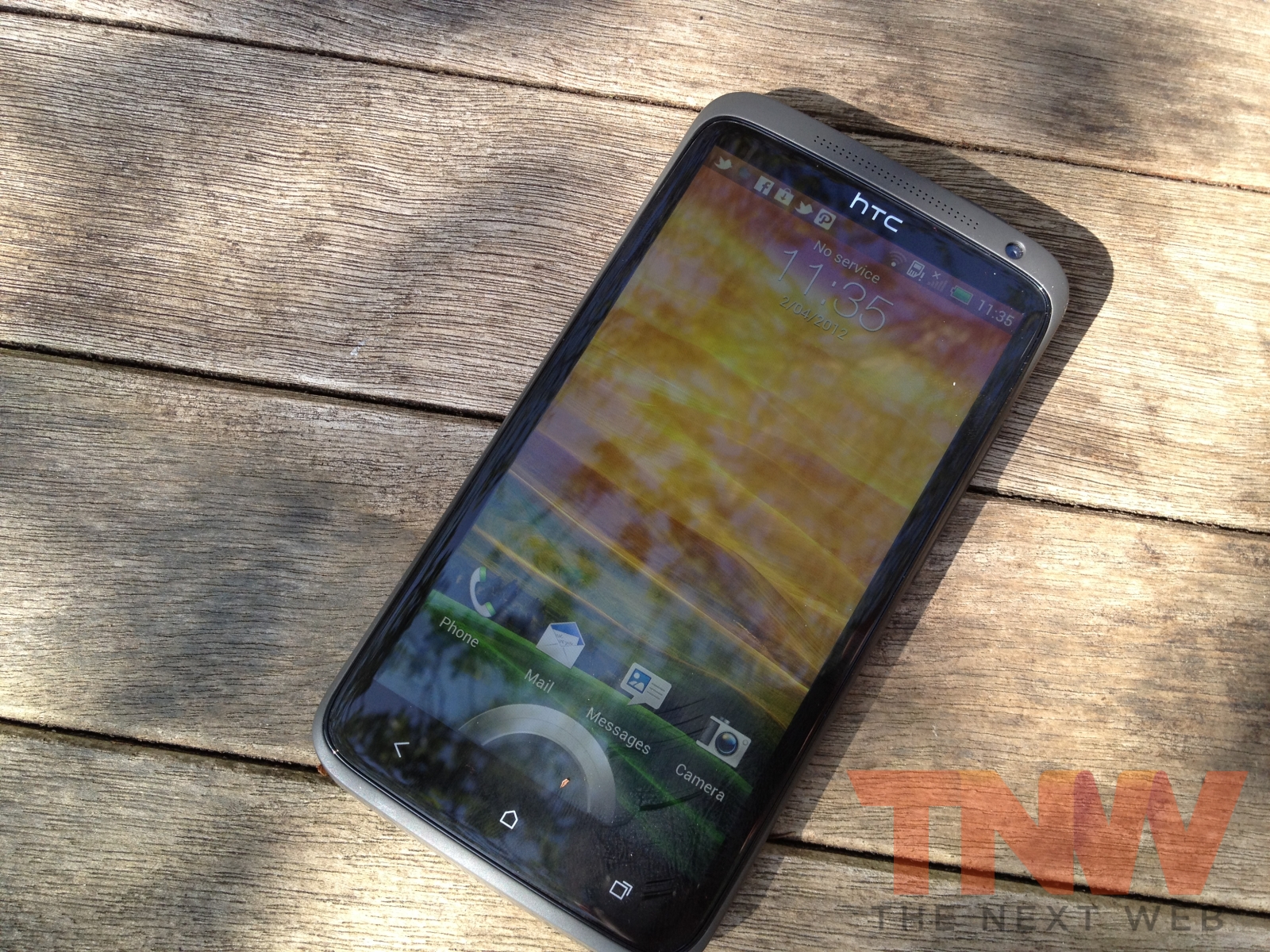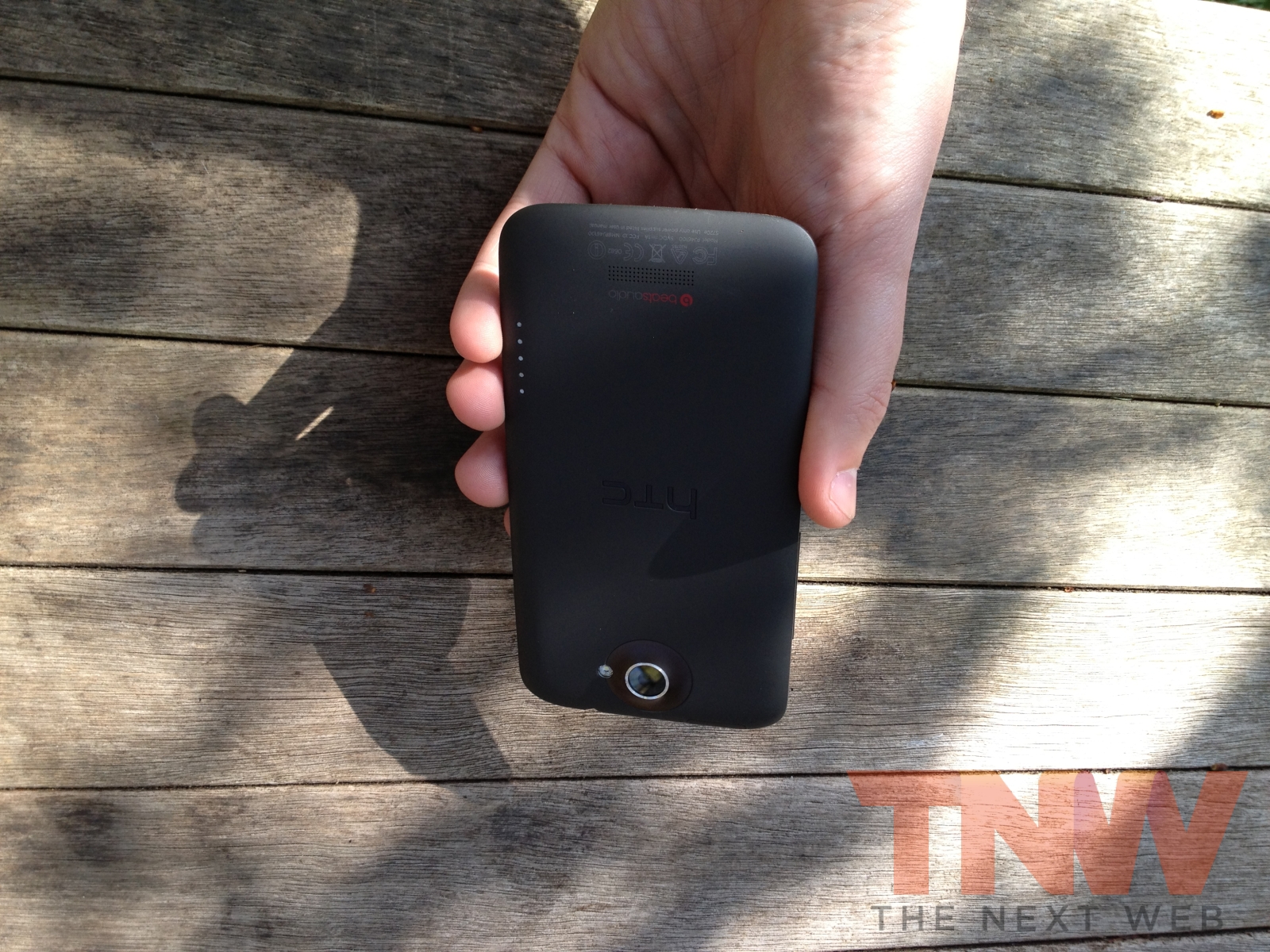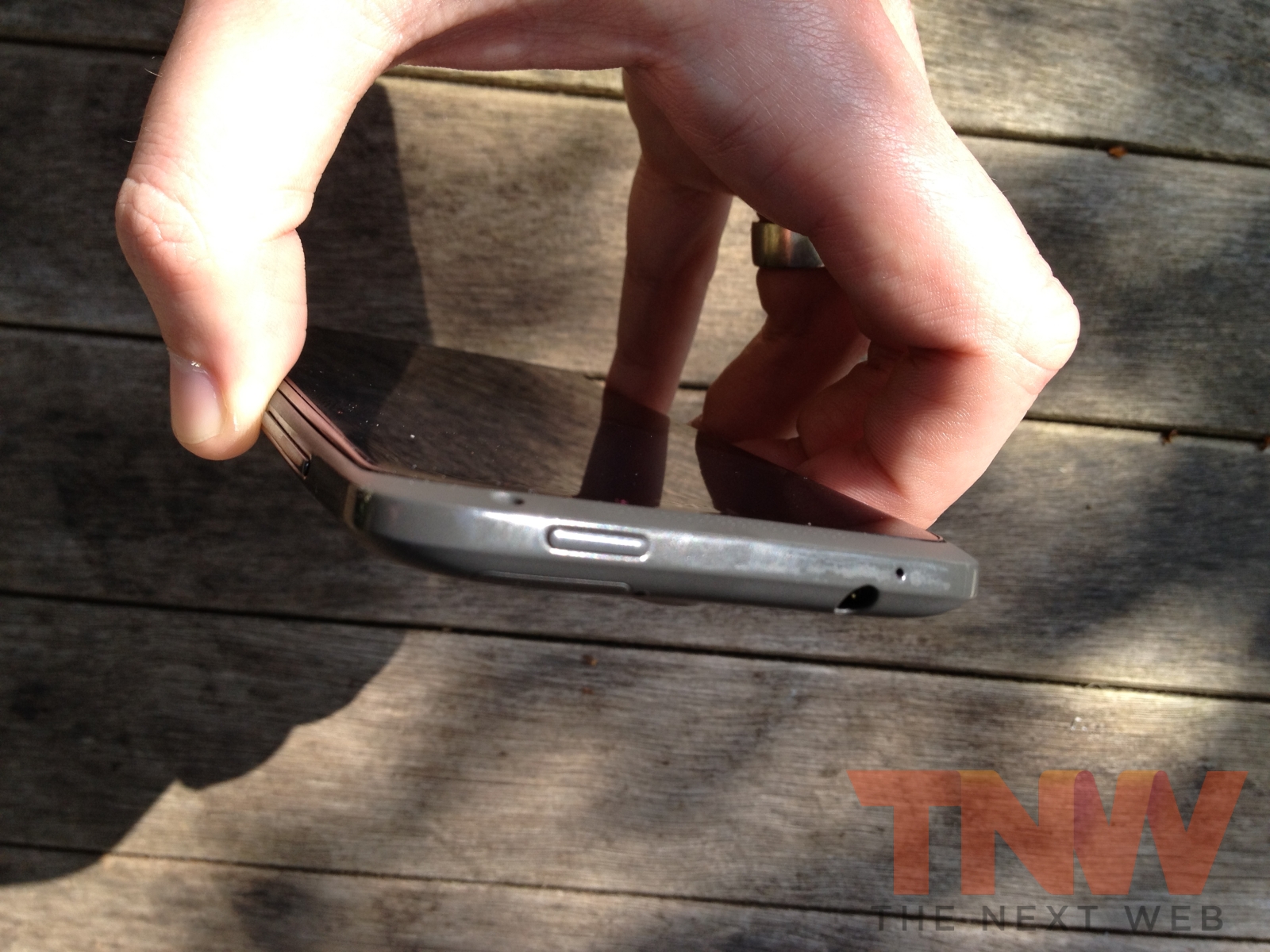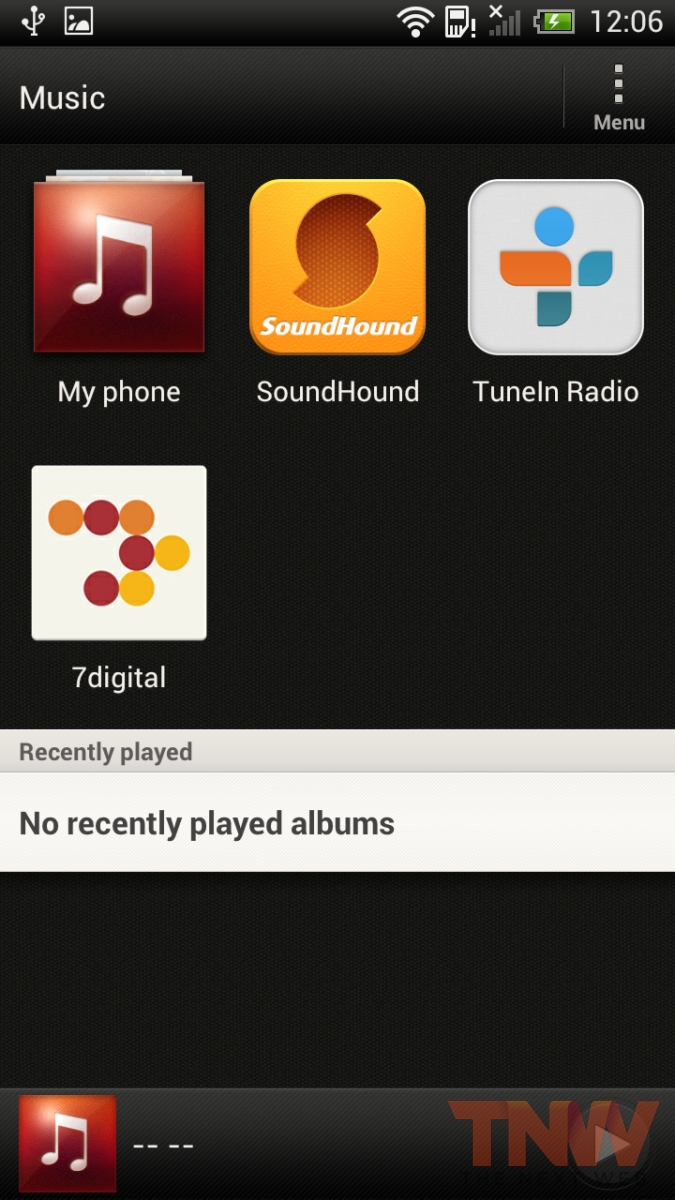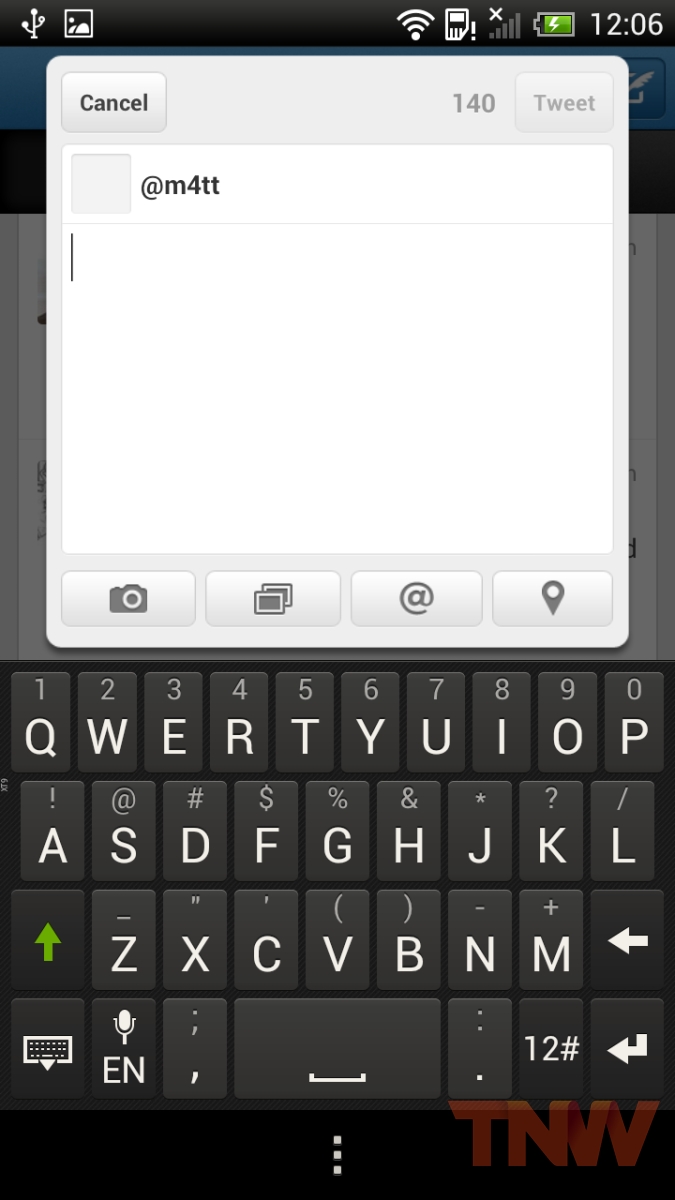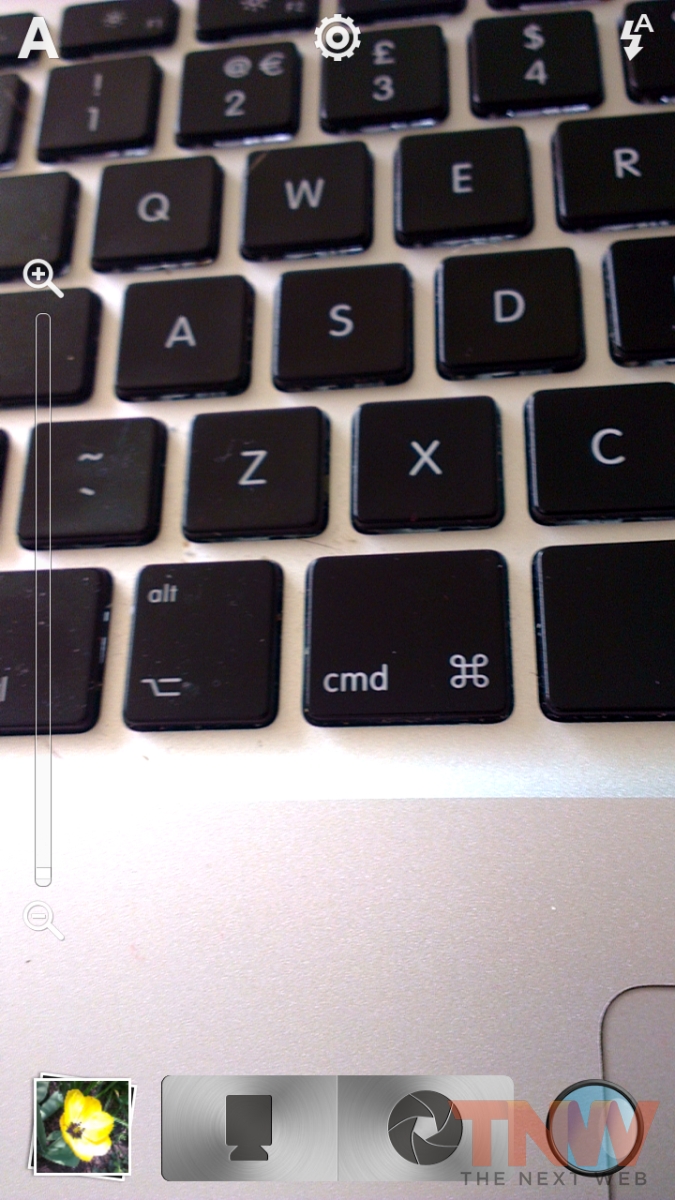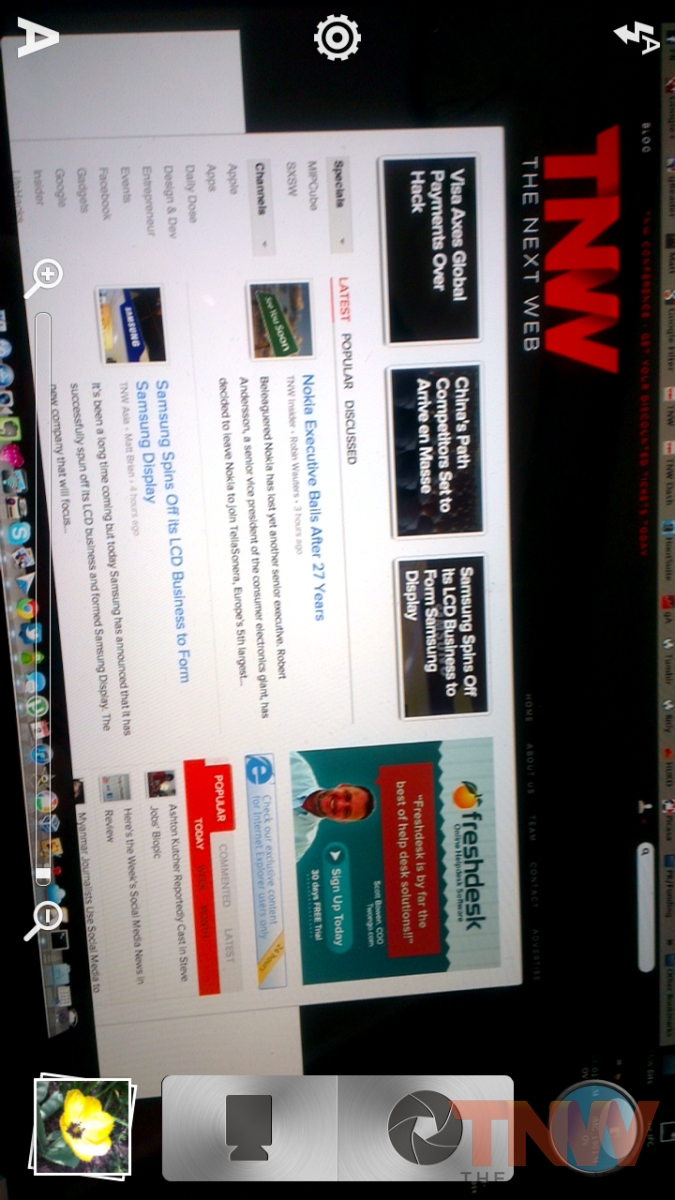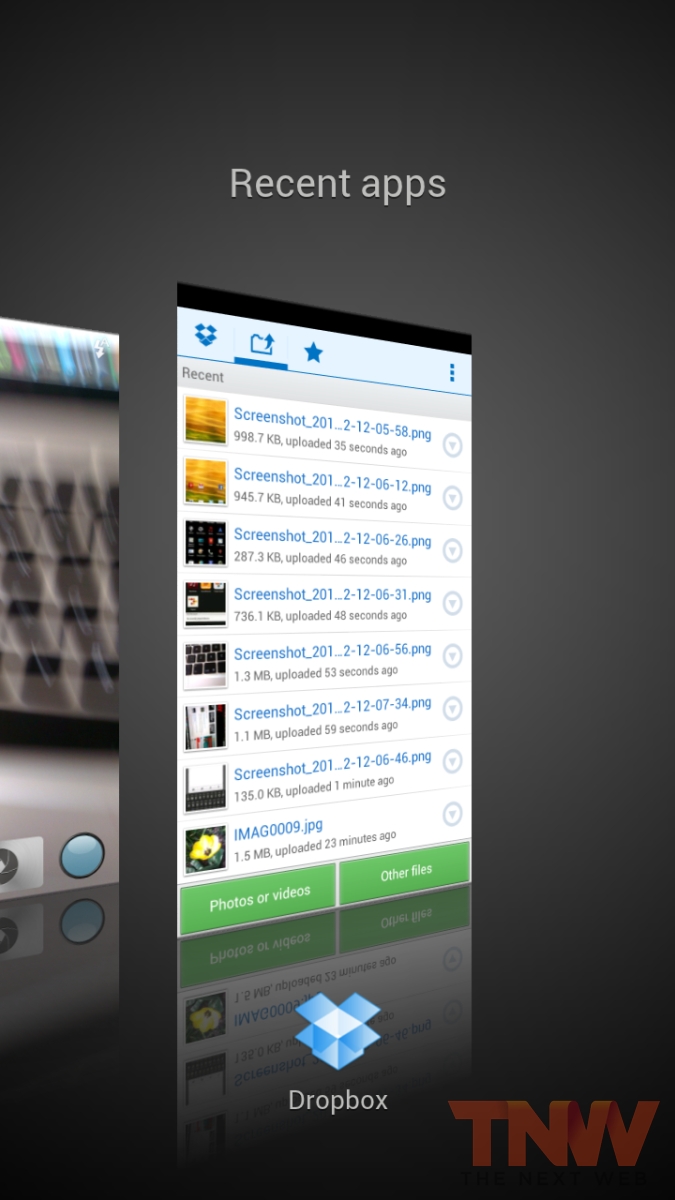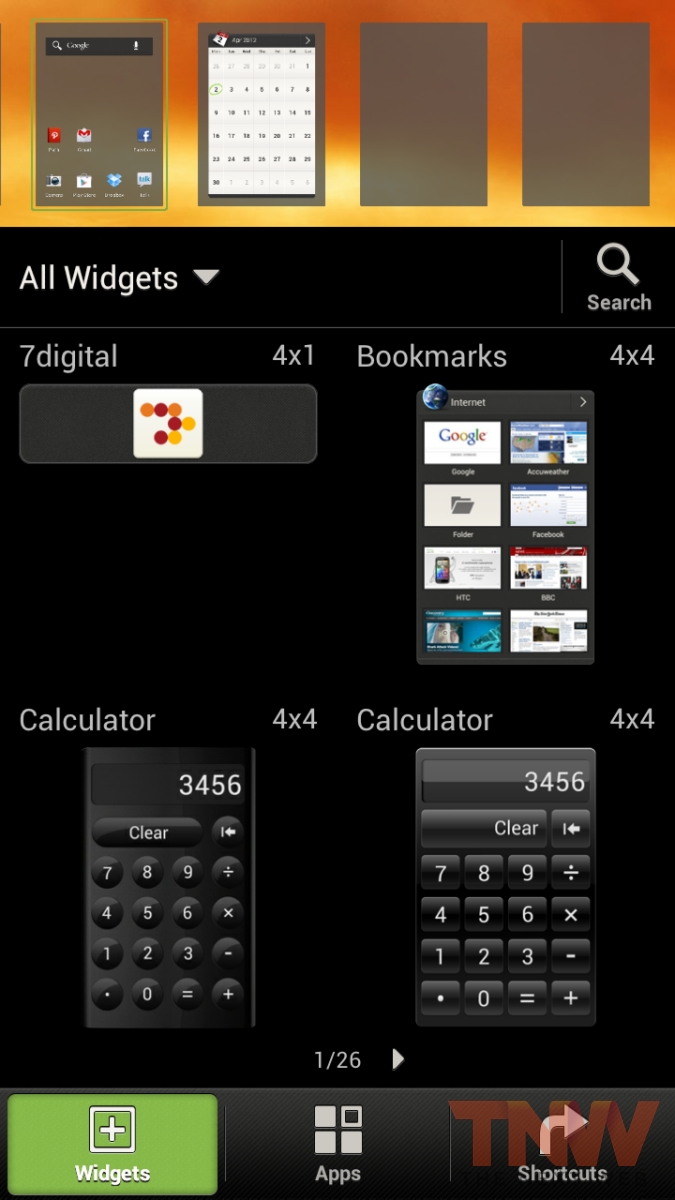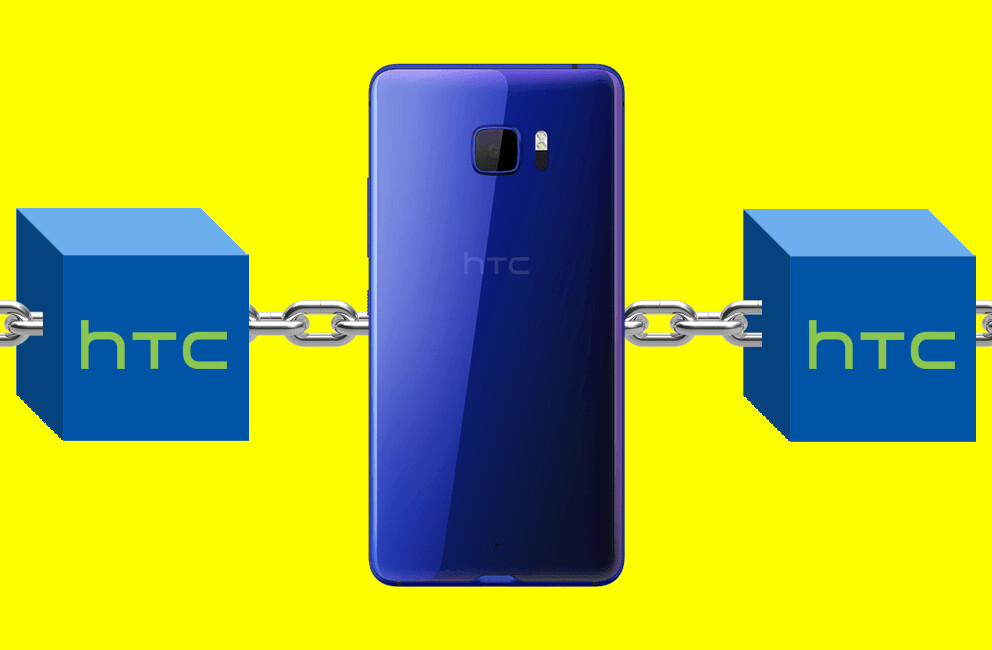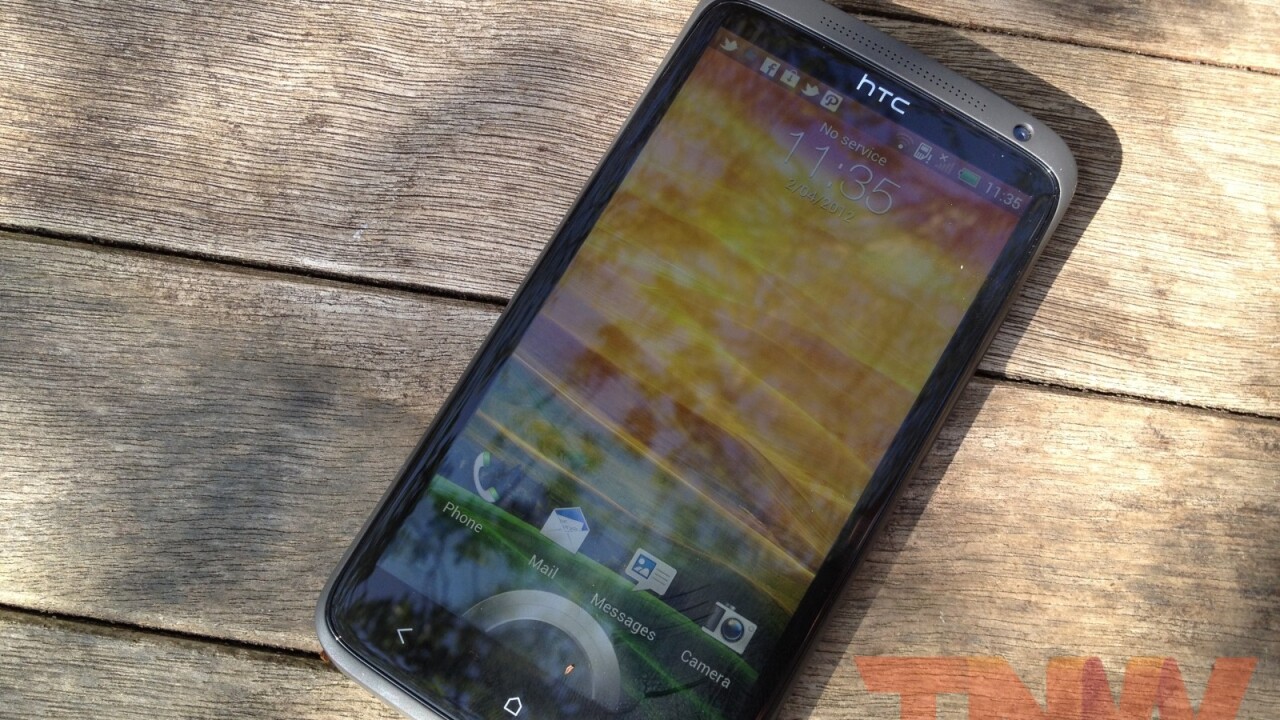
In the past year, the Android smartphone market started to become exactly what many predicted it would become — a race to the bottom. Vendors rushed to introduce the next ‘big’ technology (faster CPU clock-speeds and 3D to name just two), bringing products to market that were merely variations in a company’s existing product line.
Taiwanese smartphone giant HTC was especially guilty of this.
Over the past 12 months or so, HTC has seen sales dry up, revenue forecasts slashed and the company has been forced to admit that its rapid product development cycle was doing nothing to help the company in a market dominated by two smartphones — the Samsung Galaxy S II and Apple’s iPhone 4 (and 4S).
Moving to stop the rot, HTC spelt out the things that it thought would make the company great again. This meant it would slash the number of smartphones it would release in 2012, concentrating on giving its customers “something special” indicating that instead of “trying to do too much,” it would return to a strategy of launching a small number of high-spec devices.
And that it did.
HTC launched its new One range of Android devices at Mobile World Congress in Barcelona, introducing three new smartphones — the One V, One S and One X — that aimed at the low-to-mid, mid-to-high and high end markets respectively. The handsets were designed to focus on doing the most important things well, filtering through to the processors that power them, the size of the device, the camera and its audio.
As HTC representatives noted to us in the briefings we had with them, it’s all about building the experience.
We took the chance to put HTC’s new flagship — the One X — through its paces. The device is without question a return to form for HTC, providing a very real competitor to Apple and Samsung in the burgeoning smartphone market. More on that below.
Design
Whilst HTC has decided to scale down the number of devices it launches in 2012, it certainly hasn’t cut down the physical size of its handsets. The One X sports a 4.7-inch Super LCD 1280 x 720 display, so it’s considerably large, but given it’s only 8.9mm thick, you don’t have to worry about it making it look like you have something in your pocket that you want everyone to see.
It does mean that it’s not the easiest to use with one hand, especially when making use of the screen’s real estate, but it’s by no means a deal-breaker and you adapt to it within minutes.
The One X is powered by Nvidia’s 1.5GHz quad-core Tegra 3 processor, includes 1GB of RAM and will provide 32GB of in-built storage (with no support for additional memory cards).
Doing away with the metal chassis of its predecessors, the One X has a slightly-curved polycarbonate unibody design with a soft touch back. Adhering to HTC’s design principles, the new flagship retains the look of many other HTC smartphones whilst managing to stand out as the best-looking smartphone we have seen from the vendor to date.
The difference in design doesn’t stop there though. In order to ensure that call quality remains as clear as possible and to make it easier to construct, HTC has micro-drilled the earpiece instead of adding a speaker grille, minimising distortion and giving it an all-round better look.
On the rear, the One X’s camera module ever-so-subtlety juts out from the back of the handset. We assume that this is in order to incorporate the 8-megapixel camera with its f/2.0 lens (which is said to draw in 44% more light), added a BSI sensor and its new HTC Image Chip, which corrects saturation and colours before saving it to a readable format. There is also an LED flash,
Talking of cameras, there’s a 1.3-megapixel front-facing shooter, with a subtle LED notifier hiding underneath the speaker grille.
Launching with Google’s Ice Cream Sandwich, the HTC One X has no physical hardware input buttons other than the power button, located on the top of the device, and an easy-to-find volume rocker on the right side of the handset. These, coupled with the MicroUSB port (which also serves as an Video Out interface) on the left side of the device keep switches and buttons to a minimum (although HTC should have allowed users to utilise one of the buttons to operate the camera shutter).
As with many new smartphones launching in the last six months, HTC has joined the micro-SIM bandwagon, incorporating a small SIM tray on the reverse of the device, slightly above and to the left of the camera module. This is perfect if you already own an iPhone 4/4S or a Nokia 800, you can simply hot-swap your SIM and you will be set up in seconds.
Software
The One X review unit we tested shipped with the latest flavour of Google’s Ice Cream Sandwich software, more specifically Android 4.0.3 (although Google has begun seeding Android 4.0.4 there is no word whether the One X will receive this), delivering a unique experience to HTC device owners courtesy of the company’s HTC Sense user interface and associated features.
With Nvidia’s 1.5GHz Tegra 3 under the hood, the One X is blazingly fast. Apps load in next to no time and video playback is smooth and seamless.
HTC has been plugging away with Sense for a number of years with varying degrees of success. For the most part, it has served to introduce a number of nifty features that minimize finger-presses or additional navigation but with Sense 4.0 on the One X, HTC has made it easier to use whilst taking care not to bloat the device with unnecessary features.
One difference is the keyboard, which differs from that of stock Android. HTC has made the keys considerably larger than Google’s own implementation, making it a little easier to find and tap the letters and numbers you require. However, with the soft-option button always lurking at the bottom of the screen, the keyboard can dominate the screen at times. This isn’t so much of a problem when you have a 4.7-inch display, but it seems a tad excessive.
From the homescreen, you can add new widgets by tapping and holding the screen. This will bring up a panel that lists Widgets, Apps and Shortcuts, all of which can be added to one of the nine homescreens on the device. Instead of tapping on each of the homescreens individually, the slider at the top will allow you to bring one of them into focus and add the widgets and shortcuts as you see fit.
Taking a cue from Apple and Microsoft, HTC has designed its app switcher to appear like the tab-switcher in Windows 7 and CoverFlow in iTunes and Apple’s music-playing devices. This displays each of your running apps and allows you to kill them with an upward swipe, much the same as HP/Palm’s webOS.
When it comes to music, HTC has implemented a solution that has been long coming for Android devices. Previously, when you wanted to listen to tunes, you would have to select your favourite application to play back the MP3’s loaded on your device or select a third-party streaming service like Spotify or Deezer.
That’s all changed with HTC’s new Music Hub.
Now, when you launch the Music app, you will be presented with a list of all music-capable applications, giving you the option of which app or service you would like to listen to your music with. On our test unit, we were provided with the option to use SoundHound, TuneIn Radio and 7Digital, although I expect this will change depending on where you live and possibly which carrier you purchase the device or use it with.
With music, comes Beats. HTC continues to push its Beats collaboration, and for the One X it has equipped all apps with Beats-enabled audio tuning. That may be impressive to some (who like to pay over the odds for a pair of headphones) but it falls into line as part of the company’s ‘experiences’ mantra, so I can’t fault them there.
HTC recently decided to overhaul its HTCSense.com backup service and whether it comes back could be down to the success of its partnership with Dropbox, which provides all new device owners with 25GB of free storage to automatically back up their photos and host their documents, videos and other important files.
Camera
During the unveiling of the HTC One series, company CEO Peter Chou spent a considerable amount of time discussing how the One X and its counterparts would feature the very best in camera technology.
Not all of it is in the hardware, in fact HTC has developed a number of cool in-built software features that allow users to get the very best from their photo and video shots.
This means that when you want to capture something using the camera (whether it be video or photos) you can simply hit the video or photo icon to instantly snap a shot or start capturing in 1080p video. This is perfect for quick shots, as you don’t have to spend any time waiting for the device to switch modes before you can get snapping/filming.
The camera boots in just 0.7 seconds and auto-focuses in 0.2 seconds, which is faster than the blink of an eye — this makes it the fastest phone we have had the joy of reviewing.
Holding the photo button invokes ‘burst mode’, which will continue to snap shots at millisecond intervals. HTC says it’s a great way to ensure that you get the best photos in difficult environments (when people are moving or you want to ensure they don’t blink). I believe the One X will allow up to 99 shots in a row, although when I tested it the handset had issues saving the photos afterwards.
HTC also includes a number of filters, HDR and panorama features, minimising the need to download third-party apps to do the same job.
It’s the same when you are recording video. You can instantly snap photos in burst mode or one-by-one by touching or holding the camera button whilst filming. The images don’t seem to suffer from any noticeable change in quality, which truly makes it one of HTC’s ace cards when it comes to its competition.
Photo Samples
Click for larger resolution originals.
Video Sample
The camera quality is very good. Colours are as vivid as we have seen on the iPhone 4S and Samsung Galaxy S II, and the shots are extremely detailed. The autofocus on the One X is one of the best we’ve seen, with it intelligently identifying the subjects of the photo without any need for manual input.
Battery Life
The One X has a non-replaceable 1800mAh battery, which makes for a slim design and does away with the flimsy back covers that are starting to make appearances in modern smartphones.
Originally we only managed about 5 hours of battery life on the first play, but with the One X review unit reciving an update from HTC the day after we received it, this shot up to around 9 hours. This was with Twitter, Facebook, Path and other apps running and WiFi/cellular data services switched on — we even managed a bit of Angry Birds Space whilst we were at it.
Having not had the chance to test Nvidia’s 1.5GHz Tegra 3 processor until the One X arrived, we feared that battery life would be compromised because of the chip maker’s graphics chops. This wasn’t the case, and whilst you aren’t going to get two full days charge out of it, it will get you through the day.
Conclusions
With Samsung and Apple expected to unveil their new devices in the coming months, HTC has had to develop a new flagship phone that is capable of holding up to its current and future competition.
Having had just over a week to play with it, there is no doubt in my mind that HTC is back on form with the One X. It has a few minor annoyances (mainly software related) but it’s a supremely fast phone that gets the job done whilst looking good doing it.
The camera tweaks may tempt those that like to get the best shots whilst they are out and about, the dual-mode camera application means you will never miss something whilst you wait for the phone to catch up.
HTC’s focus on doing the important things right has paid off with the One X, it really is a gorgeous device that feels nice in the hand and you will want to pull out of your pocket time and again to show everyone. The company has done away with its ridiculous naming policies and has brought it back to basics, much like it said it would, making it easy for consumers to not only remember the name of their device but tell their friends about it.
HTC needed a device that would appeal to both Android fanboys and the average smartphone user, the One X is that and more.
Get the TNW newsletter
Get the most important tech news in your inbox each week.
